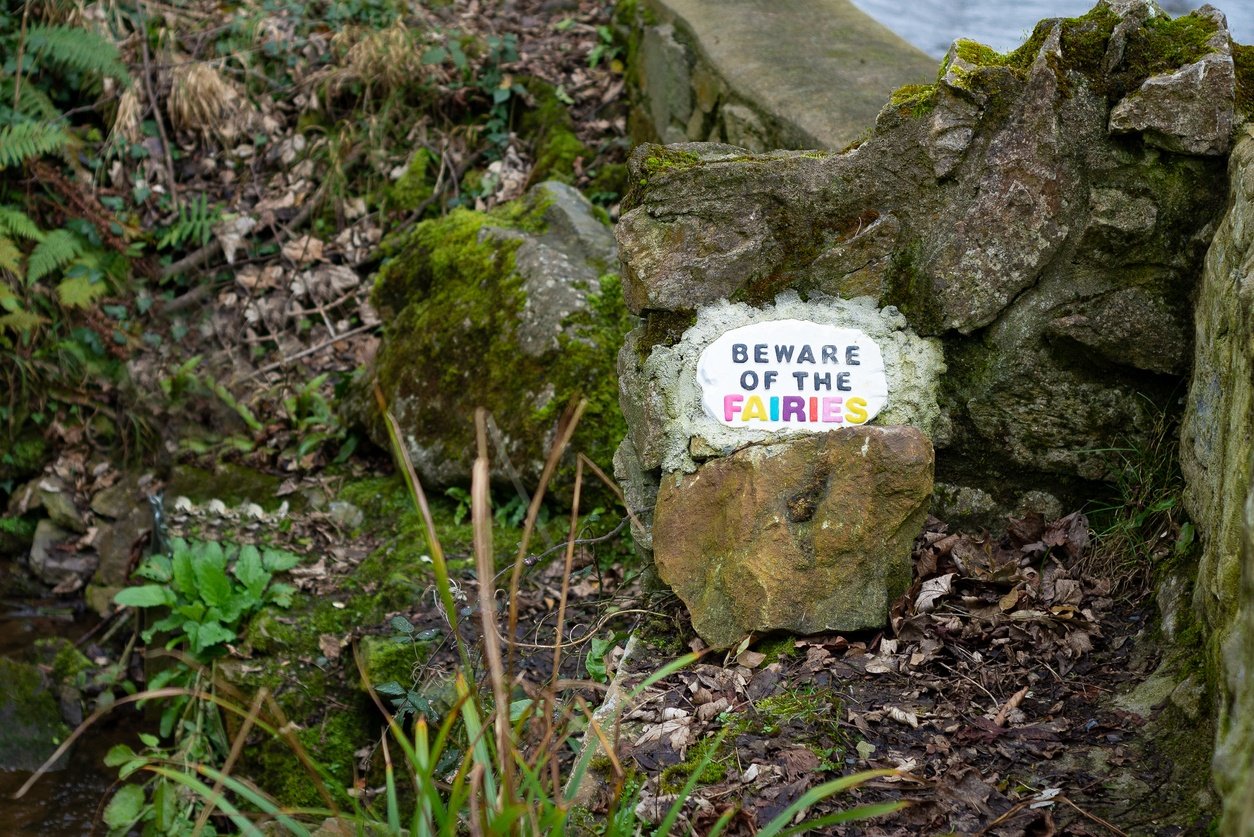Storytelling and Why I Believe in Fairies
Did you know fairies have white blood? According to some nineteenth-century Catholics, it signifies their immortality, which denies them access to heaven and salvation. Some people say that this explains why iron and steel provide good protection from fairies – they associate it with iron in the red blood of humans.
But that’s by the by. All you need to know for now is that when a farmer from Newmarket-on-Fergus in County Clare, Ireland, found white blood around a hawthorn bush, he knew it must be a meeting place for the Kerry fairies. Most likely, it was a rendezvous point on their way to battle with the Connacht fairies. He told Eddie Lenihan, a local storyteller, and Eddie kept it in mind.
In 1999, bulldozers arrived in Newmarket-on-Fergus to lay the ground for a new motorway bypass. But the hawthorn bush was in the way. Fortunately, Eddie caught them in time. He explained that the fairies wouldn’t be happy if they destroyed the bush. He said they would come and curse the road, make brakes fail and cause cars to crash. Eddie said that you don’t want to make fairies angry.
The engineer in charge rubbed his chin and said he’d give all this some thought. Meanwhile, Eddie spread the word. He wrote to the Irish Times, who ran the story that was then picked up by news channels around the world, including the BBC, French and Swedish media, CNN and The New York Times. The story captured the public’s imagination.
You see, the thing is, most people may claim not to believe in fairies. But when push comes to shove, they’d rather not risk upsetting them.
So, much to the relief of all involved (except perhaps the Connacht fairies), county engineer Tom Carney decided that, upon reflection, it would be better not to bulldoze the hawthorn bush. Instead, he decided to incorporate it into the proposed bypass plans. And so it came to pass that a £100 million motorway was re-routed to avoid the wrath of the Kerry fairies.
Why am I telling you this?
Well, obviously to warn you about the dangers of crossing fairies. But also because it proves that stories matter. A hawthorn bush is a hawthorn bush. But more than that, it’s the story people choose to tell about it. And it’s the story, not the bush, that makes it famous. Stories transform things and events into narratives that weave into our collective consciousness. Stories reach places where simple descriptions can’t.
Stories have power. In the case of the Newmarket-on-Fergus bypass, a simple folk story of myth and wonder prevailed over the modern demands of big-budget civil engineering infrastructure. Rationally, it would have been easier to bulldoze the bush. Emotionally, the risk of upsetting the fairies proved too great.
This is because stories make us feel. And when we feel, we act. Likewise, when purpose-led organisations tell their emotional stories to people who share their values, those people are likely to act too. It might be through sharing the story with friends, giving money or time, or becoming an activist. Or it might be something else.

